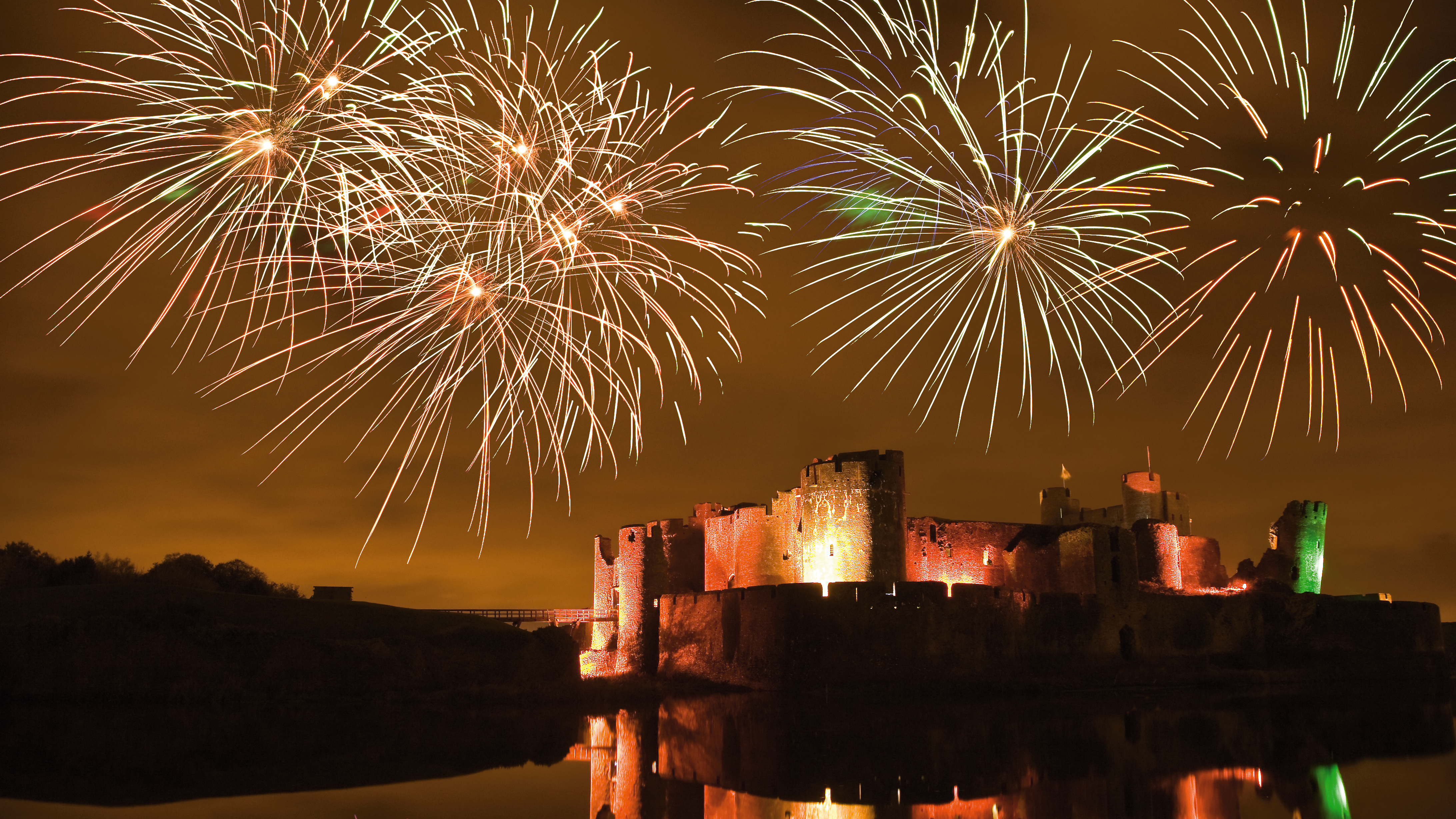
Capturing the red glare of a rocket doesn’t have to be rocket science. Photographing fireworks can be a lot of fun, and it’s actually one of the easier things to shoot. As you head out with your camera to capture firework displays to celebrate Guy Fawkes night in the UK (or any other celebration for that matter), prepare yourself to come home with some great photos. To make sure you succeed, keep these helpful tips on how to photograph fireworks in mind…
1. Choose the right venue
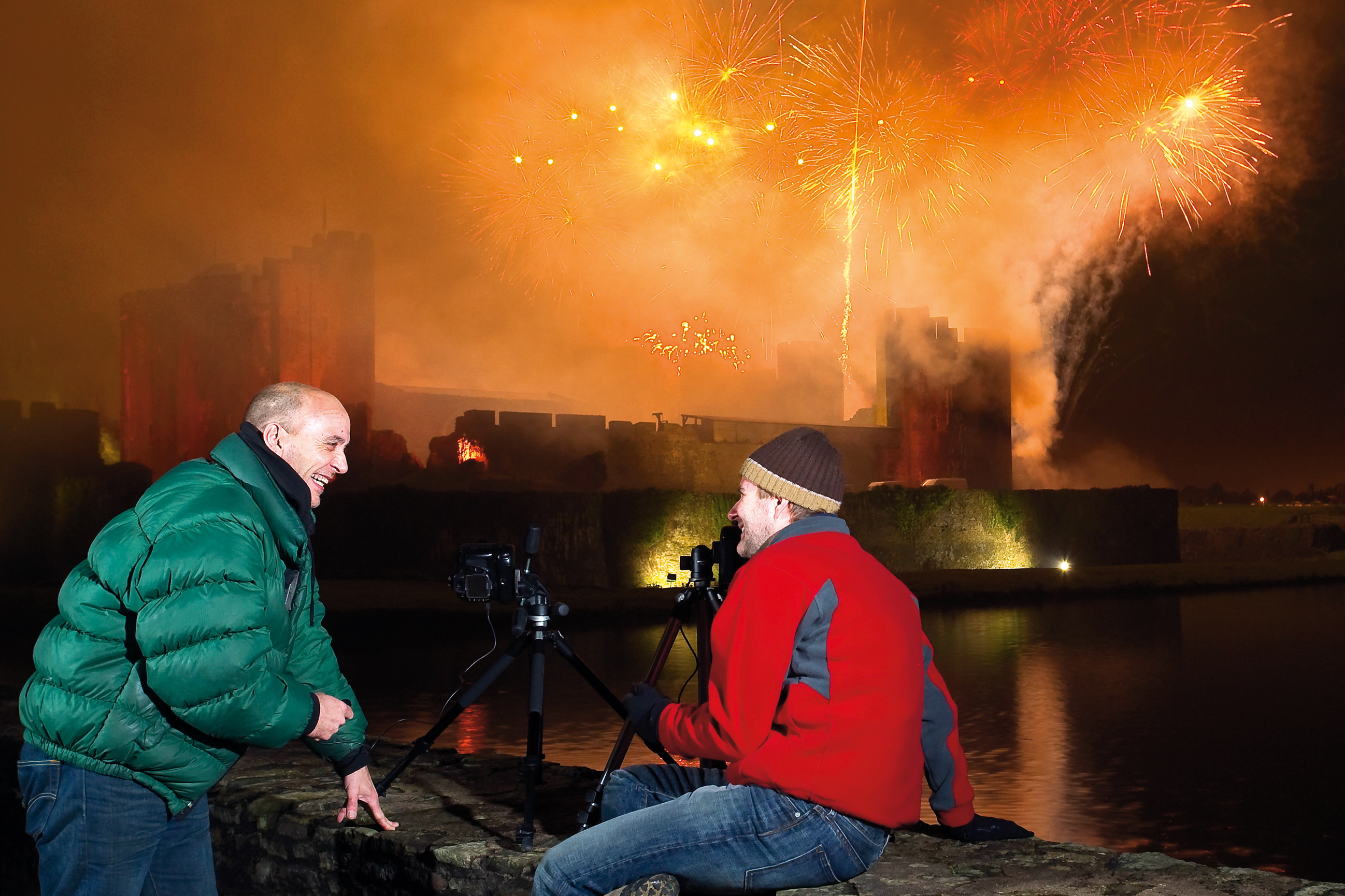
Choosing the right venue is essential if you want fireworks photos that really pop. A city skyline, a natural feature in the landscape or a floodlit ruin can all help to provide a sense of setting and scale, while providing a useful framing device.
If shooting in an urban or floodlit setting, light pollution will give everything a warm, yellow glow. To get rid of this, set the white balance to tungsten (sometimes called incandescent) in-camera so you can be sure that any warm colors in your image are from the fireworks themselves rather than ambient light. If shooting raw files, however, you can always fix the white balance in Adobe Camera Raw.
2. Essential kit
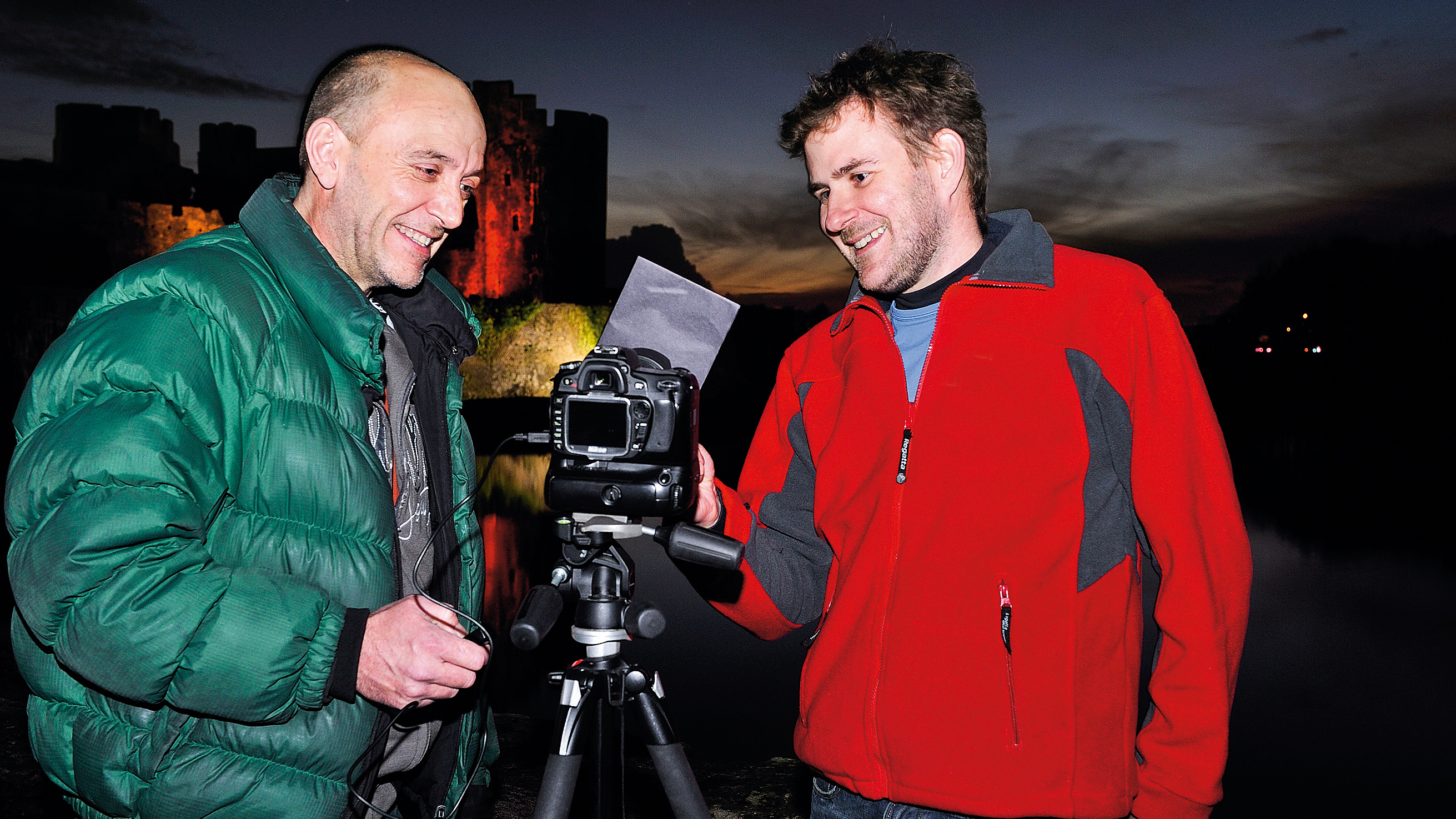
A tripod is a must or else be prepared to brace your camera against something steady, but there's also some other useful kit to help you get the shot.
A remote release is essential for shooting fireworks because it enables you to start each exposure without jogging the camera, and to lock the shutter open for as long as you need.
If you want to include a series of explosions, keep the shutter open throughout the series and place a piece of black card in front of your lens between bursts to prevent the background from blowing out.
Even if your camera’s settings are displayed on the rear LCD, it can be a challenge to locate buttons and dials in the dark, so for night work it pays to invest in an LED head torch, such as Petzl’s Tikka.
Get daily insight, inspiration and deals in your inbox
Sign up for breaking news, reviews, opinion, top tech deals, and more.
Finally, unless you arrive at a fireworks display early, it’s hard to avoid the crowds. As long as your tripod extends high enough, one way around this is to carry a stool or stepladder to provide extra height.
3. Know your fireworks

The best fireworks are those that produce a clean star-burst, so keep an eye (and ear) out for rockets on their way up, and start your exposure near the top of their trajectories. Try not to include too many fireworks in the same shot, as the result can end up looking too cluttered.
4. Use manual mode

Shooting fireworks can be a bit of a lottery, but one way of improving your odds is to keep your settings consistent.
A tried and tested method is to select Manual mode and then set an ISO of 200 (for relatively grain-free shots) and an aperture of around f/11 (when it comes to sharpness, the sweet spot of most lenses is between f/8 and f/13). All you need to think about then is shutter speed. It’s worth experimenting with different speeds, but anything between 1-4 secs should do the trick; this will ensure that the sky remains nice and dark, and that the fireworks aren’t over-exposed.
- Learn more: The Exposure Triangle
5. Set focusing manually
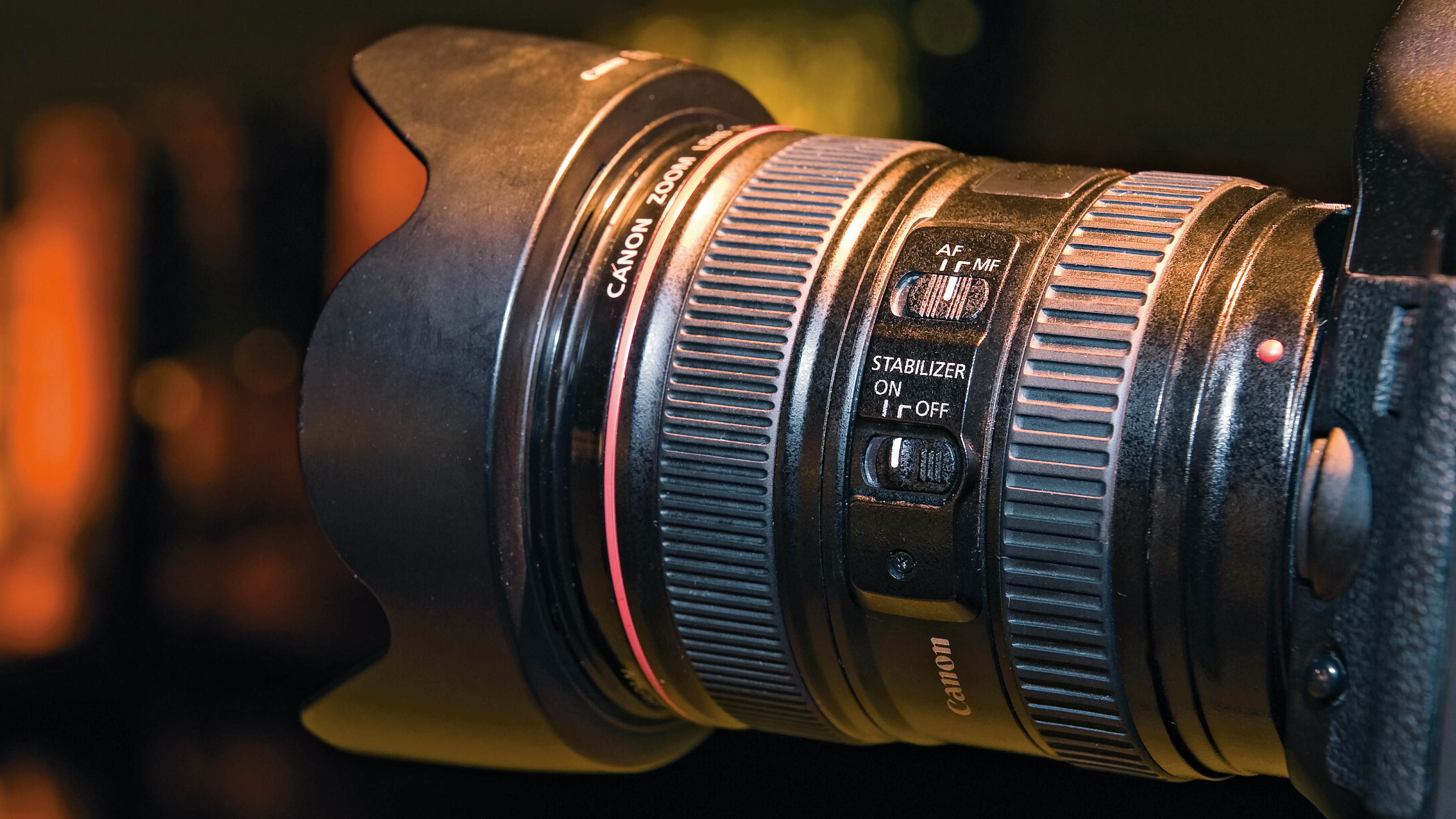
One of the keys to successful firework photos is getting the fireworks in focus. To ensure that your lens doesn’t starting hunting back and forth for the focus point when you’re actually taking your shot, pre-focus on something light and on the ground that’s the same distance away as where the fireworks will be and then switch your lens to Manual focus to lock it in place.
- Learn more: Discover how to manual focus
6. Lens choice
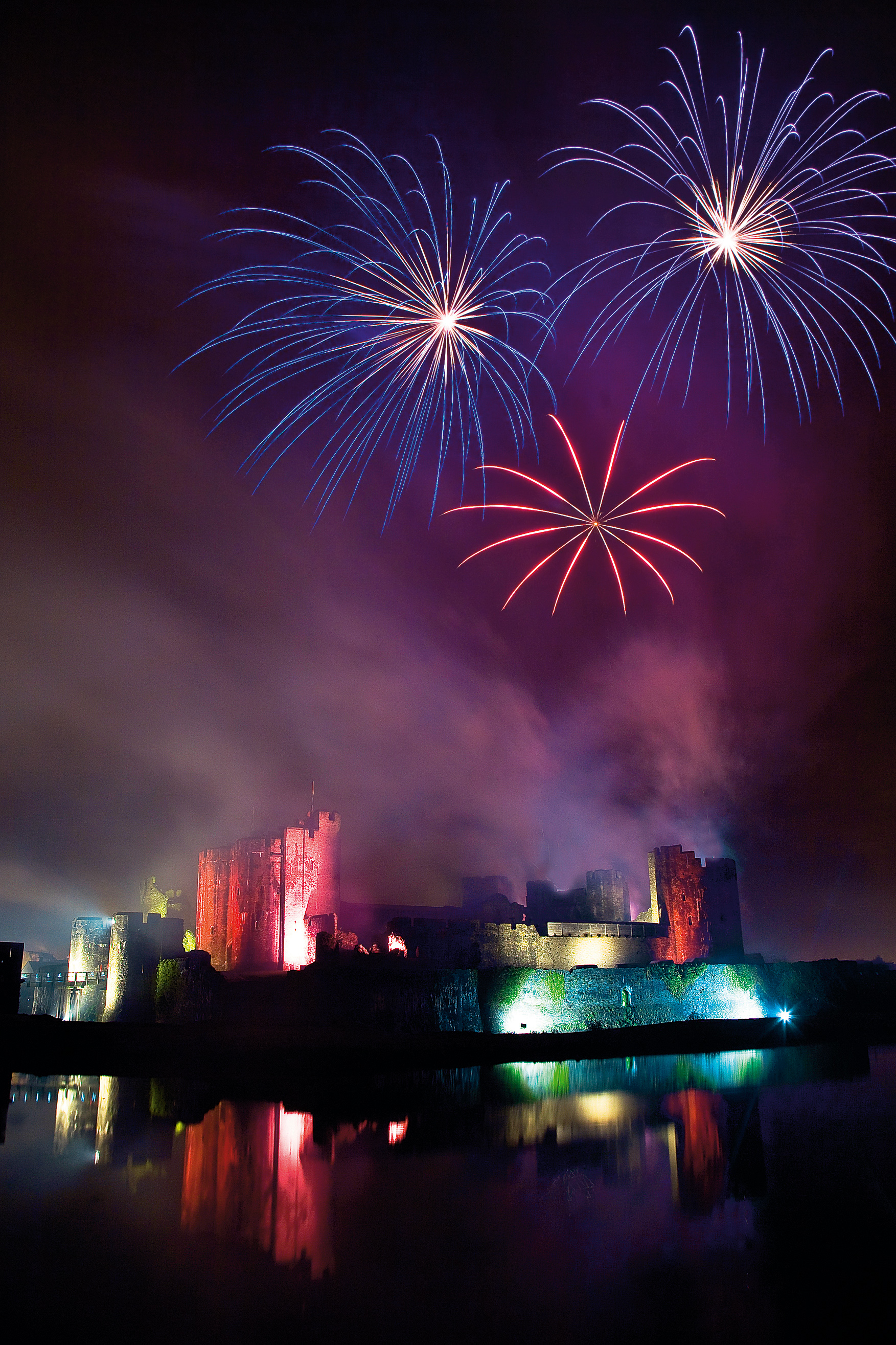
One of the biggest challenges when photographing fireworks is getting them all in the frame, because until the display gets underway, it’s often impossible to determine how high the fireworks will go, and whether they will go straight up.
The answer is to use a wide-angle zoom lens set at its widest focal length, and then crop in if necessary, either during the display, or when you come to process your shots.
7. Take advantage of post-processing
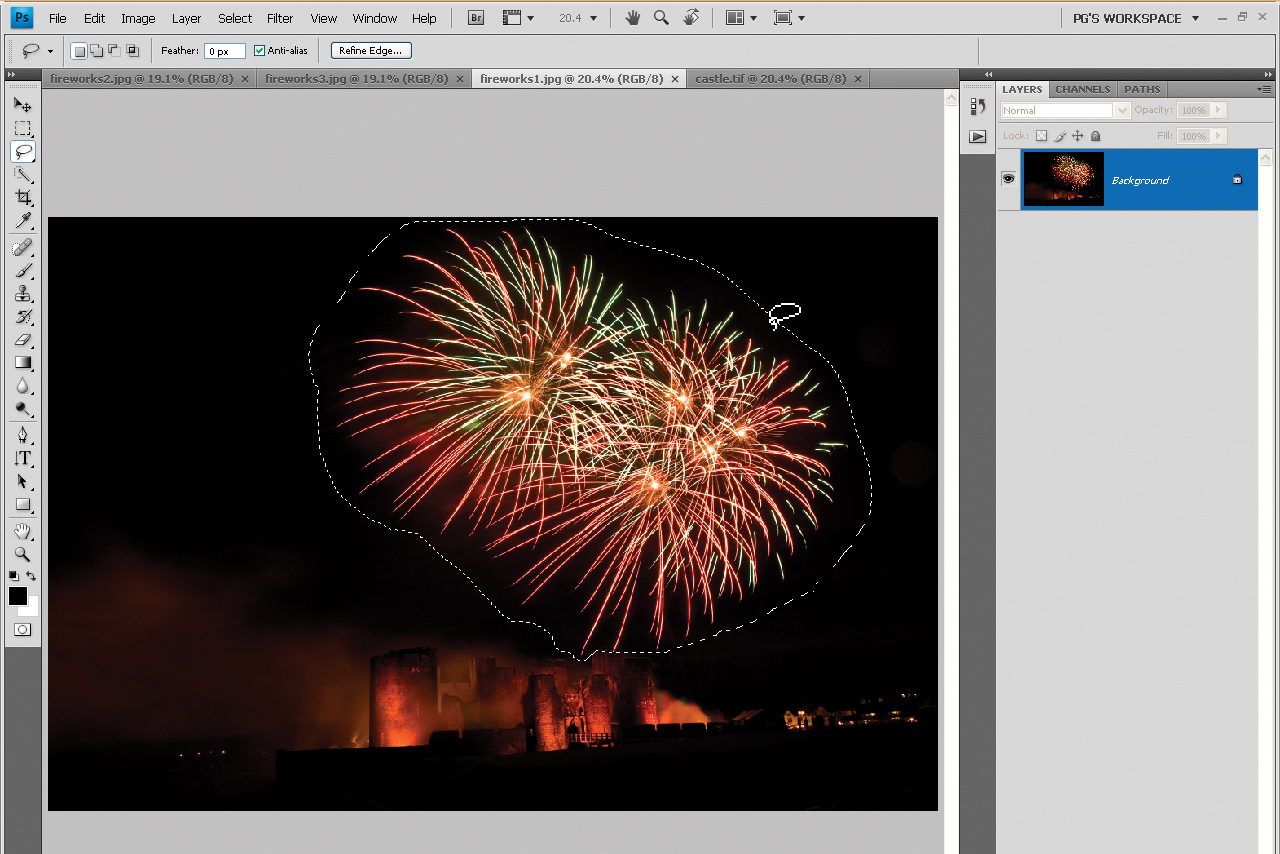
Post-processing photos of fireworks is one of the simpler aspects of creating a dramatic, vibrant composition.
You may just need to make the sky blacker by enhancing the contrast, or to make the display more vivid by increasing the saturation.
Want to create the look of the grand finale without all the smoke and confusion? Combine several shots into one. Pick a few dramatic images, clone out any imperfections, crop them, and combine them on different layers so you can move them around.
You can place one over another and have them appear as if they were taken simultaneously by using a blending mode. In essence, you blend one layer into the other so that the explosions merge. You can enlarge or reduce some to create additional interest.
Do you have a good photo of a full moon? Add that to the composite. If you’re shooting fireworks on the 4th of July, try replacing the black background with an American flag.
Phil Hall is an experienced writer and editor having worked on some of the largest photography magazines in the UK, and now edit the photography channel of TechRadar, the UK's biggest tech website and one of the largest in the world. He has also worked on numerous commercial projects, including working with manufacturers like Nikon and Fujifilm on bespoke printed and online camera guides, as well as writing technique blogs and copy for the John Lewis Technology guide.
